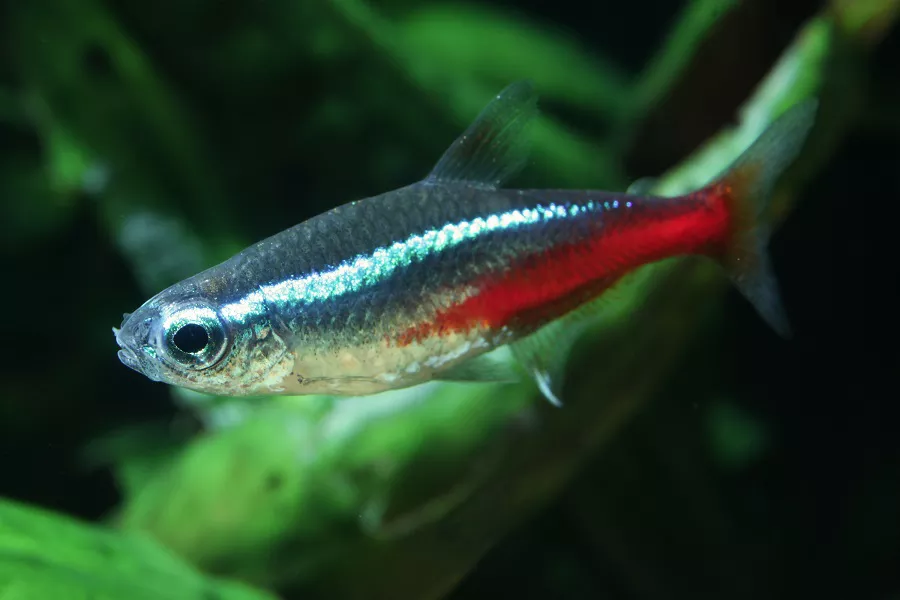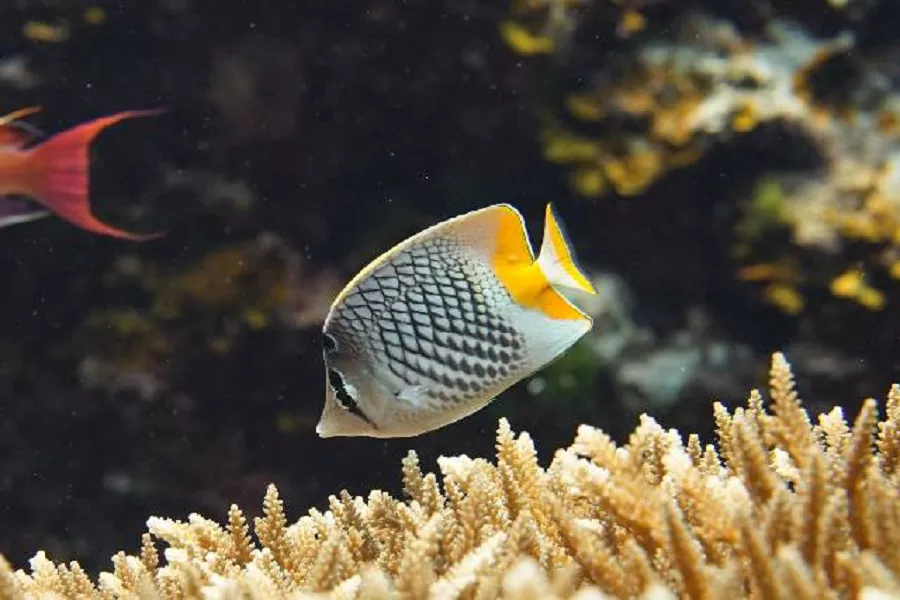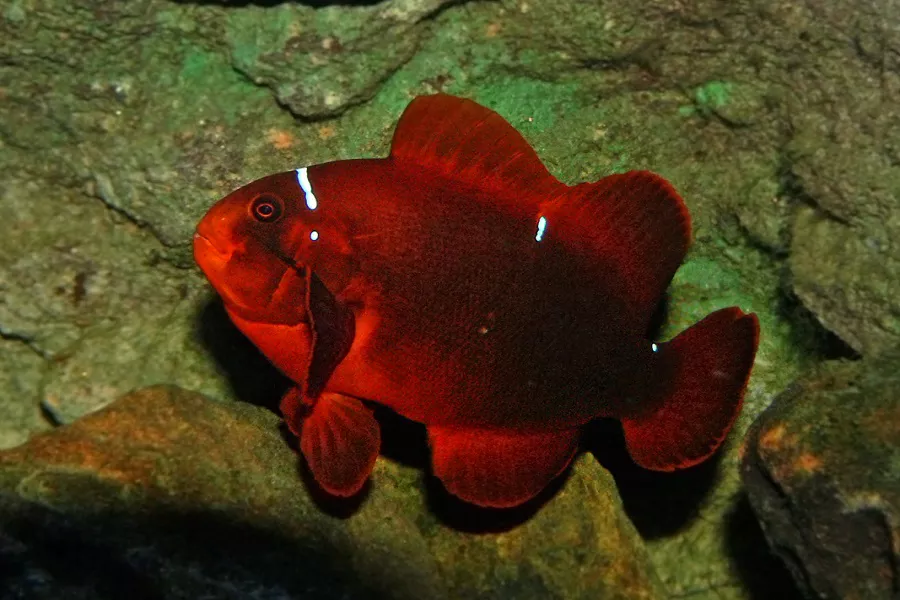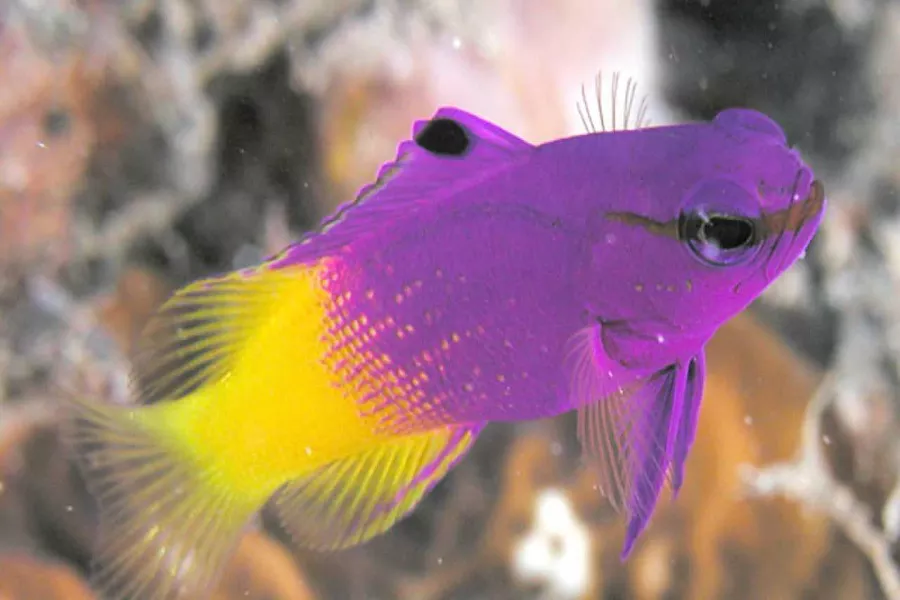What is neon tetra?
neon tetra is also known as traffic light fish, red lotus fish. Fish class, Cyprinidae (to be Cyprinidae). Native to the upper Amazon River. The body length is 3-4 cm, the body shape is thin, and the color is beautiful. The green line on the upper part of the body sometimes appears blue due to different light angles, which is very harmonious with the red line on the lower part of the body (red from the back abdomen to the base of the caudal fin), and also with There are obvious differences between the new traffic light fish (Paracheirodon simulans) whose abdomen is completely red. The fish are timid and often swim in the quiet environment of the water. It likes to eat live water fleas and is easy to keep.
What does neon tetra look like?
Also known as neon lights, red lotus lights. Native to the upper Amazon River in Peru and South America. The body length is 3~4cm. There is a bright red band and a green band on each side of the body surface. The red band extends backward from the upper pelvic fin in the center of the abdomen to the caudal peduncle, and the green band extends backward from the eyes to the end of the dorsal fin. The red and green bands run all over the body for a dazzling brilliance. They swim among the clear water and green grass, like a little firefly, which is very beautiful. Traffic lights are the more famous species of tropical freshwater fish.
The neon tetracarp has a bright and gorgeous body color with an olive green back. The eyes are black, with silver-blue rims bordered by black, radiating turquoise. Above the lateral line, extending from the eye to the caudal peduncle, there is a light blue neon longitudinal band, which is bright and eye-catching. The upper part of the longitudinal band until the back turns from brown to black, and the lower part of the longitudinal band is silver-white in front of the anal fin. There is a bright red stripe extending from the center of the body to the caudal peduncle. Under the refraction of light from different angles, the bright ribbon on the body sometimes shows green, sometimes it shows blue, and when matched with the bright red stripes on the upper and lower parts of the body, red and green flashes, and the anal fin is silver-white, the color matching is just right, Especially in the aquatic plants landscaping aquarium illuminated by the lights at night, dozens of neon tetracarps, in groups, make the aquatic plants landscaping aquarium more splendid, such as watching fireworks, which is very charming and very endearing.
living habits of neon tetra
The traffic light fish is petite, with a total length of 3 to 4 cm, and its fins are not large. The body color is highlighted by a neon longitudinal band above the lateral line, from the eye to the front of the caudal stalk, both green and blue under the refraction of light, bright red at the caudal stalk, flashing red and green when swimming. Raise dozens of traffic light fish, such as watching fireworks. The dorsal fin is located in the middle of the back, the anal fin is extended to the back of the caudal peduncle, and each fin is transparent. The traffic light fish likes old water with a water temperature of 22-24°C, weak acidity, PH6.4-6.8, and soft water with a hardness of 4-8 degrees. Therefore, it is necessary to change less water during feeding, and the amount of water to be changed should also be small, the environment is quiet, and no strong light is allowed. They are not demanding on bait, and are willing to eat fish, insects, water worms, and dry feed. Traffic light fish like group activities, breed dozens of flocks, they will swim happily all day.
neon tetra rearing
Temperature: 20~24℃
pH value: 5~7
Hardness: Soft water to hard water
Feed: dry feed (feed tablets), live feed and aquatic plants
Length: 4cm
Aquarium length: 60cm
Description: Today’s favorite and most common species for aquarium farming. Lives in mid-level waters; requires darker substrates, lush aquatic plants, and ample swimming space. It likes to live in groups and needs at least ten or more fish. Females have light-colored lighting threads that snap easily; only suitable for polyculture with small fish.


























